Proper planting and care of strawberries for the gardener
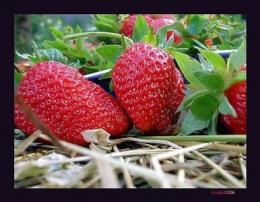
Proper landing and proper care of strawberries is the key to a bountiful harvest, sweet and aromatic berries. Most gardeners, having successfully mastered one variety, move on to others. This makes a certain sense - different ripening periods, taste qualities, sizes. Some fruits are suitable for serving, while others will be ideal for making compotes, jams, and preserves.
Content:
- Difference between strawberries and wild strawberries
- Soil preparation
- Planting
- Reproduction of a bush with a mustache
- Caring for strawberries in summer
- Preparing plants for wintering
Difference between strawberries and wild strawberries
Traditionally gardeners distinguish strawberries from wild strawberries according to the location of the berries. Fruits located near the ground are a sign of strawberries, but in strawberries they grow above the leaves, on top, they are immediately visible. Both species can be wild or garden. Garden ones are usually larger and brighter, but wild ones have a special tart taste.
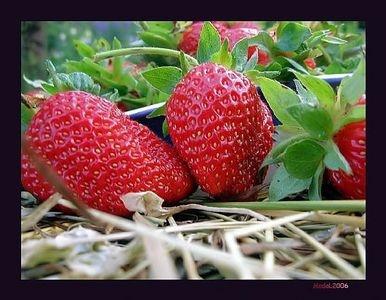
To determine priority varieties, it is recommended to use at least 10. Of these, the gardener selects 3-4 that he especially likes. From their representatives, you can also choose the most successful options, carrying out a kind of “selection”.
Soil preparation
Before planting strawberries, try to minimize the risk of plant damage by parasites. To do this, you need to carefully check the future flowerbed, get rid of Colorado potato beetles, and you can treat the soil with fungicidal preparations that will prevent rotting of the plant roots.
The top layer of soil (up to 7 cm) can also be heated in the sun - this will be an excellent prevention against various rots. The soil itself should be moist and deeply loosened, but not wet.
Planting
If the seedlings are purchased, before planting they should be stored in a dark, cool place with sufficiently moist soil. It is better to transfer your plants to a new place immediately after digging them up. Strawberries are planted in spring or autumn, when temperatures remain positive both day and night, there is no danger of frost, and the sun does not shine too brightly.
The bushes are placed at a sufficient distance from each other (at least 40 cm) to give them the opportunity to grow. Each plant must be additionally watered and fertilized with any organic solution (for example, vermicompost).
Reproduction of a bush with a mustache
In the first year after planting, the crop is usually not harvested, but the plant is allowed to gain biomass and take root. The mustache can be preserved or cut off for the purpose of further transplantation. It is important to know that a good bush can only be obtained from the first rosette. So, even if the decision is to form a plantation around one plant, with a scalpel or a sharp knife it is necessary to trim the tendril beyond the first young bush.
Caring for strawberries in summer
During the warm period Strawberries need to be periodically watered and fertilized before fruit sets. In dry weather, watering should be done early in the morning once a week. It is better to use warm, settled or spring water for this. Feeding is done once every two weeks. After the fruits form, sawdust is poured under the bushes to avoid rotting of the berries. Another option is to support the stalks with pegs.To form the ovary and increase the yield in spring and early summer, strawberries are sprayed with solutions containing phytohormones.
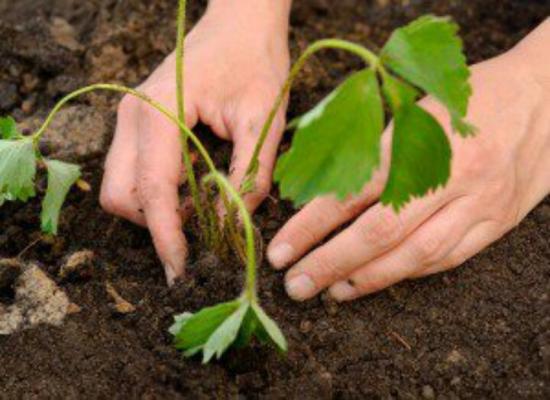
The berries must be picked periodically, tearing them off along with the stalk, and the mustache must be trimmed, otherwise the “babies” will absorb all the nutrients, which will affect the taste of the strawberries. If diseased plants are found, they must be removed along with the top layer of soil (3 cm). It is not recommended to place such plants in compost. After the end of the fruiting period, fertilizing is resumed. You can apply chemical fertilizers containing potassium, nitrogen, phosphorus, or limit yourself to ash and humus.
In rainy summers, the berries may be watery and tasteless. In order to avoid this, during heavy rainfalls they should be covered with plastic wrap and watering should be stopped completely.
Preparing plants for wintering
From the end of September to mid-August, you need to significantly thin out the strawberry bushes. It is necessary to remove all yellowed leaves, parts of the plant with spots, mustaches, and stalks. No more than 30% of the green mass should remain from the bush. If there are exposed roots, they are covered with earth. In areas with strong negative temperatures and low snow cover, the bushes are additionally covered with sawdust, spruce branches or peat.
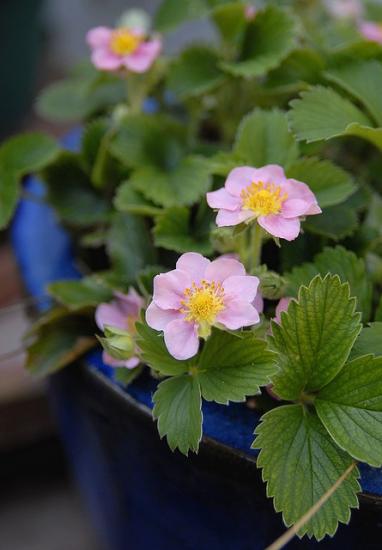
Among artificial materials, spunbond has proven itself well. Some gardeners recommend cutting off all strawberry leaves at a height of 10-12 cm. This is justified if there is no shelter during frosty winters.
Strawberry is source of a lot of nutrients and vitamins. It contains vitamin C, folic acid, iodine and iron.Caring for the plant is not at all difficult, but this berry will help maintain immunity, resistance to infections, good appearance and well-being.


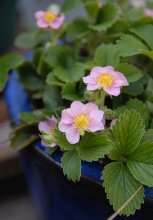
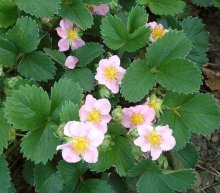
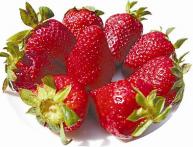
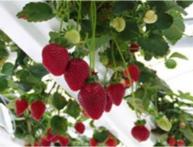
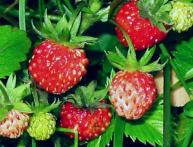
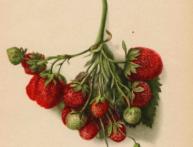
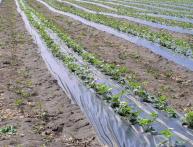
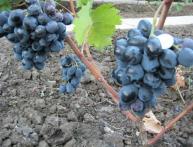
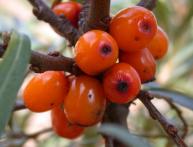
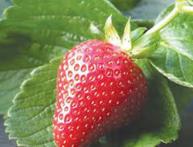
Comments
The trouble is, if the summer is rainy, all efforts to care for strawberries may be in vain, the berries either completely disappear or become tasteless. Therefore, it is imperative to cover the strawberries if there is heavy rain. Although, even if you cover them, the berries are still not the same, and they ripen much more slowly. It’s good if it’s a sunny summer, strawberries love the sun so much!